Sourav Pan
Transcript
Introduction to Microbiology’s Historical Journey
Welcome to this comprehensive overview of microbiology’s history. Microbiology is the study of microorganisms – tiny living entities invisible to the naked eye.
This field has transformed our understanding of disease, revolutionized medicine, and shaped modern science.
Today, we’ll explore how this discipline evolved from ancient observations to a sophisticated science that impacts every aspect of our lives.
Join us as we uncover the fascinating history of how humans came to understand the microscopic world.
Long before microbes were discovered, ancient civilizations developed theories about the causes and treatments of disease.
Ancient Egyptians believed diseases were caused by divine punishment or blocked channels in the body that carried vital fluids. They treated illness with prayers to the gods and herbal remedies.
The Greeks developed the influential theory of four bodily humors: blood, phlegm, black bile, and yellow bile. Disease was thought to occur when these humors were imbalanced.
Romans expanded on Greek ideas while making practical advances in public health, building aqueducts and sewers based on the belief that clean water and sanitation could prevent disease.
Hippocrates, who lived from 460 to 370 BCE, is known as the ‘Father of Medicine.’ He rejected supernatural explanations for disease.
Hippocrates proposed that illness resulted from natural factors like climate, diet, and living habits. He introduced the revolutionary concept of observing symptoms rationally and letting nature heal with minimal intervention.
These early attempts to understand disease created the first systematic framework for medical practice and laid important groundwork for future scientific inquiry.
Although these ancient theories were often incorrect by modern standards, they represented an important shift toward natural rather than supernatural explanations for disease. Some of these ideas, particularly the humoral theory, persisted in medical practice until the nineteenth century.
The history of microbiology fundamentally changed with the invention of the microscope.
In the late 16th century, Dutch spectacle makers Hans and Zacharias Janssen created the first compound microscope.
Their innovative design combined multiple lenses to achieve greater magnification than any single lens could provide.
Over the next several decades, various craftsmen made improvements to the microscope design.
Robert Hooke further developed this technology, creating more powerful and precise instruments in the 1660s.
In 1665, Hooke published ‘Micrographia’, the first major work devoted to microscopic observations.
This groundbreaking publication revealed the microscopic world to scientific audiences for the first time.
These technological advances provided the essential tool that would allow scientists to finally observe microorganisms directly.
Louis Pasteur made groundbreaking discoveries about fermentation in the 1850s and 1860s.
Prior to Pasteur’s work, fermentation was thought to be a purely chemical process. Through careful experimentation, Pasteur demonstrated that it was actually caused by living microorganisms.
Pasteur identified yeast cells as the microorganisms responsible for alcohol fermentation in beer and wine.
Pasteur’s research led to the development of pasteurization, a process that uses controlled heat to kill harmful microorganisms in liquids.
The process involves heating the liquid to a specific temperature, maintaining it for a set time, and then rapidly cooling it.
Pasteur initially developed pasteurization to prevent wine and beer from spoiling.
Later, the process was applied to milk and other food products, dramatically reducing foodborne illness worldwide.
Pasteur’s development of pasteurization revolutionized food safety worldwide and has saved countless lives by preventing the spread of harmful bacteria through food and beverages.
Pasteur’s work on fermentation and pasteurization remains one of the most significant contributions to food science and public health in history.
The germ theory represents a revolutionary understanding in medical science.
At its core, the germ theory established that specific microorganisms cause specific diseases.
This fundamental concept is considered one of the most important developments in the entire history of medicine.
The development of the germ theory was primarily the combined work of several nineteenth-century scientists.
Louis Pasteur made crucial contributions by disproving spontaneous generation and showing that microbes cause fermentation.
Robert Koch identified specific bacteria as the causative agents of diseases like anthrax, tuberculosis, and cholera.
The germ theory represented a complete paradigm shift in how medicine understood and approached disease.
Before the germ theory, diseases were thought to be caused by bad air, imbalance of bodily humors, or divine punishment.
After its establishment, medicine recognized that specific pathogens cause diseases, leading to new approaches focused on prevention, hygiene, and scientific treatment.
This fundamental shift in understanding disease causation formed the foundation for modern medicine and public health practices that we rely on today.
Robert Koch, a German physician from 1843 to 1910, made monumental contributions to the field of microbiology.
In 1876, Koch identified Bacillus anthracis as the cause of anthrax, providing the first definitive proof of the germ theory of disease.
His methodical approach established a systematic way to prove that specific bacteria caused specific diseases.
One of Koch’s most significant contributions was the development of solid culture media, initially using gelatin and later agar.
This innovation allowed scientists to isolate pure bacterial cultures – a technique that remains fundamental to microbiology laboratories today.
Let’s look at the timeline of Koch’s life and major achievements.
Born in 1843, Koch made his breakthrough with anthrax in 1876. Through the 1880s, he refined his methods and discovered the bacteria responsible for tuberculosis and cholera.
In 1905, Koch was awarded the Nobel Prize in Physiology or Medicine for his investigations and discoveries in relation to tuberculosis.
After his death in 1910, his legacy continued through his methodologies that revolutionized how we study and understand infectious diseases.
Koch’s scientific legacy extends beyond his specific discoveries. His systematic approach to disease causation formed the foundation for Koch’s Postulates, which we’ll explore in the next section.
Koch once said: ‘Science knows no country, because knowledge belongs to humanity, and is the torch which illuminates the world.’
His meticulous methods and culture techniques transformed microbiology from observation to experimental science, paving the way for countless medical advances.
The study of the body’s defense against microbes developed alongside microbiology, establishing what we now know as immunology.
Let’s explore the key developments in early immunology from seventeen ninety-six to nineteen oh-eight.
Edward Jenner made the first immunological breakthrough in seventeen ninety-six. He discovered that inoculation with cowpox protected against smallpox, creating the first vaccine, though the mechanism wasn’t understood at the time.
This discovery was revolutionary, though it would take decades to understand how vaccines actually worked.
Louis Pasteur advanced immunology by developing attenuated vaccines—weakened versions of disease organisms. Between eighteen seventy-nine and eighteen eighty-five, Pasteur created vaccines for chicken cholera, anthrax, and notably, rabies.
Pasteur’s method of attenuation became a cornerstone of vaccine development, but the cellular mechanisms of immunity remained unknown.
In eighteen eighty-three, Elie Metchnikoff discovered phagocytosis—the process where specialized white blood cells engulf and destroy bacteria. This established cellular immunity as a key defense mechanism.
Metchnikoff’s work on cellular immunity would later earn him the Nobel Prize.
In eighteen ninety, Paul Ehrlich proposed the side-chain theory of antibody formation. He suggested that cells have receptors, or side-chains, that bind to specific toxins. This established the foundation of humoral immunity—the antibody-mediated defense system.
These pioneering discoveries—Jenner’s vaccination, Pasteur’s attenuated vaccines, Metchnikoff’s cellular immunity, and Ehrlich’s humoral immunity—established immunology as a distinct but related field to microbiology. Their work formed the basis for our modern understanding of how the body defends against disease.
Paul Ehrlich, a brilliant German scientist who lived from 1854 to 1915, revolutionized medicine with a radical new idea.
He pioneered the concept of chemotherapy – the idea that specific chemicals could be used to treat disease. As he famously stated, ‘We must learn to aim chemically!’
Ehrlich envisioned what he called a ‘magic bullet’ approach. He believed it was possible to develop chemicals that could selectively target disease-causing organisms while sparing the host’s healthy tissues.
Ehrlich’s pursuit of this magic bullet was methodical and relentless. Beginning in 1905, he systematically created and tested hundreds of compounds.
Finally, in 1909, after 605 unsuccessful attempts, his 606th compound—later named Salvarsan—proved effective against syphilis.
Salvarsan represented a watershed moment in medical history. It was the first effective treatment for syphilis, a devastating disease that had plagued humanity for centuries.
More fundamentally, it was the world’s first chemotherapeutic agent, proving that chemicals could be designed to fight disease.
Ehrlich’s work established the principle of selective toxicity – that drugs could be created to harm pathogens while leaving human cells intact.
Ehrlich’s methodical approach laid the foundation for modern pharmaceutical research and development.
His work paved the way for the development of antibiotics in the following decades.
And his ‘magic bullet’ concept continues to inspire modern targeted therapies, including those used in cancer treatment today.
In 1928, Alexander Fleming made a groundbreaking discovery that would forever change medicine.
While studying Staphylococcus bacteria, Fleming noticed something unusual in one of his petri dishes.
A mold called Penicillium had contaminated his culture, and surprisingly, no bacteria were growing around it.
Fleming observed that the mold was producing a substance that inhibited bacterial growth. He named this substance penicillin.
Despite this discovery, it took over a decade before penicillin would be developed for medical use.
In the early 1940s, Howard Florey and Ernst Chain led a team at Oxford University that finally developed methods to isolate and purify penicillin.
They developed techniques to purify penicillin and demonstrated its remarkable effectiveness against many bacterial infections.
The timing of this breakthrough was crucial, as World War Two was raging. Penicillin became vital for treating wounded soldiers.
With government support, pharmaceutical companies rapidly scaled up production. By 1945, penicillin was widely available to Allied troops, saving countless lives from infections.
The success of penicillin triggered what we now call the ‘Antibiotic Era,’ a period of rapid discovery and development of new antibiotics.
Throughout the 1950s and beyond, scientists discovered numerous new antibiotics, each targeting different types of bacteria.
The impact on public health was dramatic. Mortality rates from bacterial infections plummeted, transforming once-deadly diseases into treatable conditions.
Virology emerged as a distinct branch of microbiology in the late 19th century.
In 1892, Dmitri Ivanovsky discovered what would later be identified as the tobacco mosaic virus.
This was an infectious agent that could pass through filters that trapped bacteria.
This discovery challenged existing understanding of pathogens.
In 1898, Martinus Beijerinck expanded on this work.
He termed this mysterious pathogen a contagium vivum fluidum, meaning contagious living fluid.
This conceptual breakthrough would await technological advancement to be fully understood.
It wasn’t until the invention of the electron microscope in the 1930s that scientists could finally visualize viruses.
This technological breakthrough led to rapid advances in understanding these unique microorganisms.
By the mid-twentieth century, scientists began to develop a deeper appreciation for the crucial roles microorganisms play in ecology and the environment.
Two significant pioneers in this field were Sergei Winogradsky and Martinus Beijerinck, who laid the foundations for environmental microbiology.
Scientists discovered that microbes perform essential roles in nutrient cycling, including carbon, nitrogen, and phosphorus cycles.
They contribute significantly to soil fertility by decomposing organic matter and releasing nutrients that plants can use.
Microbes are also fundamental to overall ecosystem health, playing roles in pollution remediation and forming symbiotic relationships with plants and animals.
This expanded understanding transformed microbiology from a primarily medical discipline focused on disease-causing agents.
Microbes came to be recognized as fundamental components of all ecosystems and essential to Earth’s biological processes.
This fundamental shift in perspective established environmental microbiology as a crucial scientific discipline, recognizing microbes as the essential architects of our environment, not just agents of disease.
The late 20th century brought revolutionary molecular techniques that transformed how we study and understand microorganisms.
Three key molecular techniques fundamentally changed microbiology: Polymerase Chain Reaction, DNA Sequencing, and Genetic Engineering.
Polymerase Chain Reaction, or PCR, allows scientists to make millions of copies of a specific DNA segment in just a few hours.
DNA Sequencing determines the exact order of nucleotides in a DNA molecule, revealing the genetic information encoded within.
Genetic Engineering provides tools to modify microbial DNA, allowing scientists to alter their properties or make them produce useful compounds.
PCR works through repeated cycles of temperature changes. First, DNA is denatured at high temperature, then primers attach at lower temperatures, and finally, DNA polymerase extends the new strands.
These molecular techniques revolutionized microbiology by enabling identification without cultivation, rapid pathogen detection, and manipulation of microbial genetics.
Molecular techniques in microbiology have continuously evolved since the discovery of DNA’s structure in 1953, with each advancement bringing new capabilities to microbiologists.
These techniques continue to evolve, enabling increasingly sophisticated understanding of the microbial world and opening new frontiers in research and applications.
The future of microbiology represents a rapidly evolving frontier of scientific discovery.
Synthetic biology aims to engineer microbes with specific functions for medical treatments, industrial processes, and environmental remediation.
Metagenomics allows scientists to study entire microbial communities without culturing individual species, revolutionizing our understanding of microbial ecosystems.
Microbiome research explores the complex relationships between humans and their microbial inhabitants, opening new avenues for treating various conditions from digestive disorders to mental health.
One of the greatest challenges facing modern microbiology is antimicrobial resistance, which threatens to undermine decades of progress in treating infectious diseases.
The emergence of new infectious diseases, accelerated by climate change and globalization, ensures that microbiology remains critically important to global public health.
Advanced technologies like CRISPR gene editing, nanopore sequencing, artificial intelligence, biocomputing, and single-cell analysis are transforming microbiological research.
The historical journey of microbiology continues, building on centuries of discovery while embracing new frontiers of scientific exploration.
As we face global challenges, microbiology remains at the forefront of science, offering solutions for human health and environmental sustainability.
Study Materials
No study materials available for this video.
Helpful: 0%
Related Videos
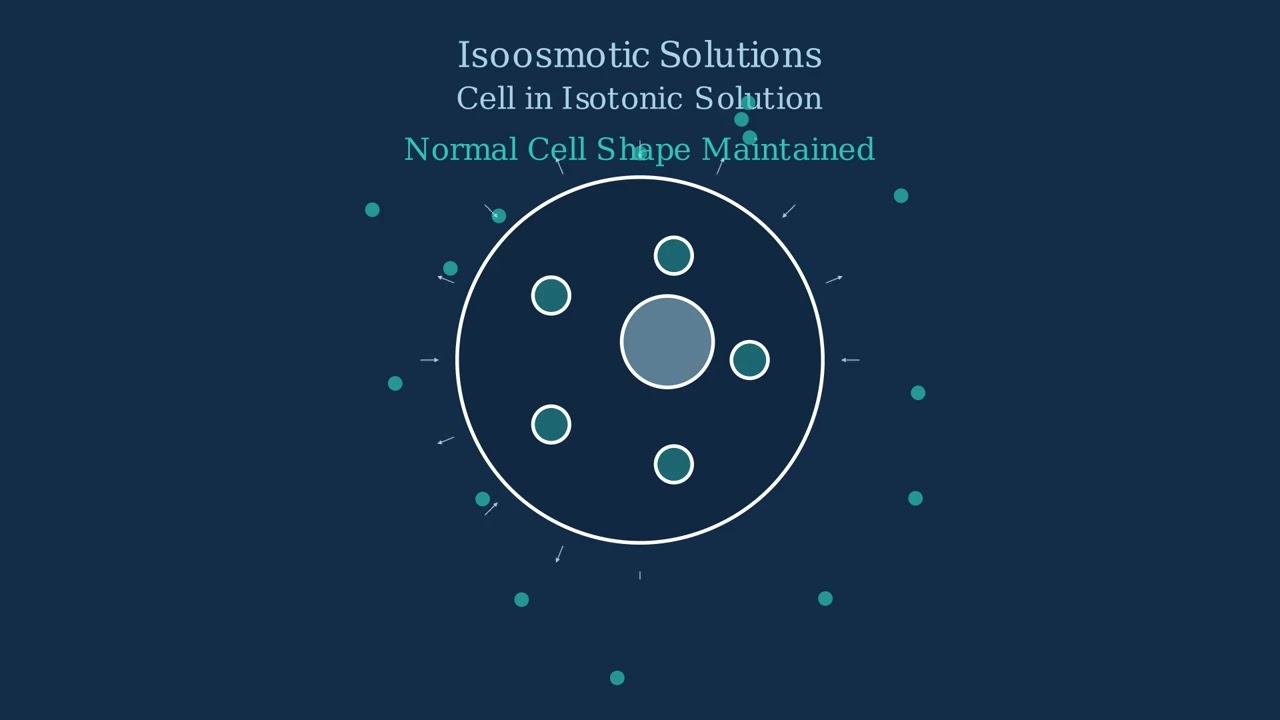
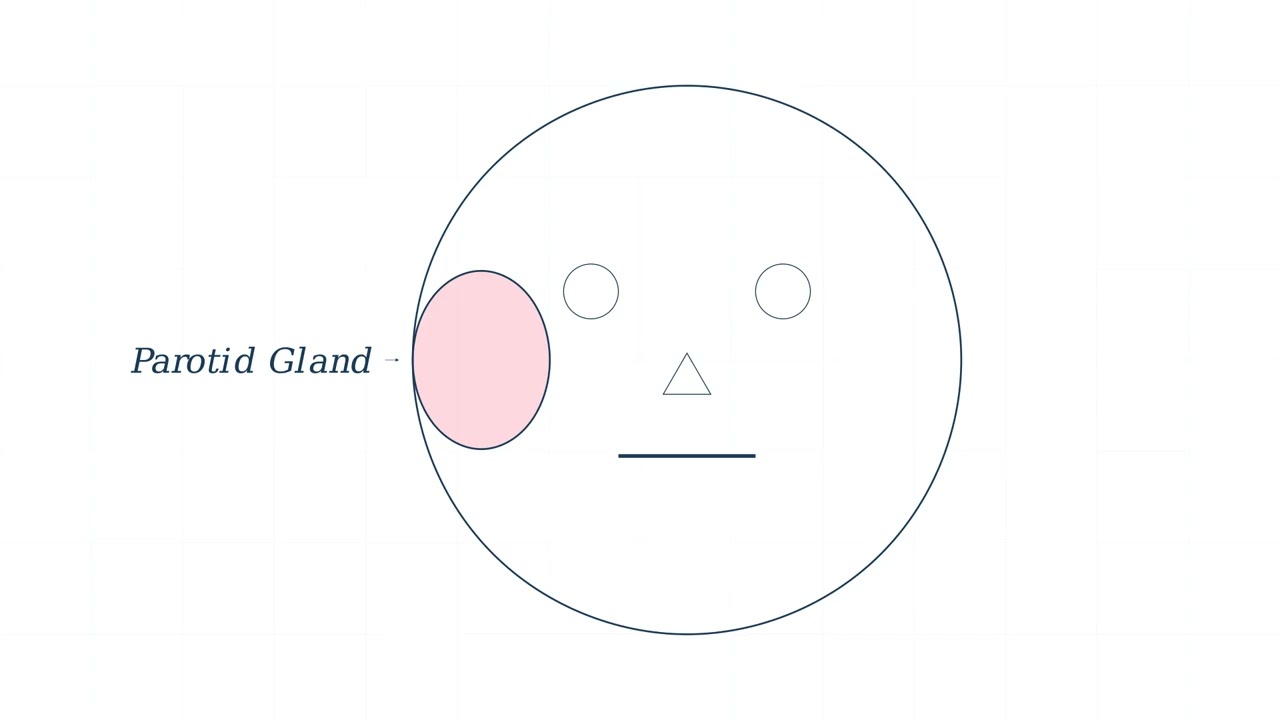
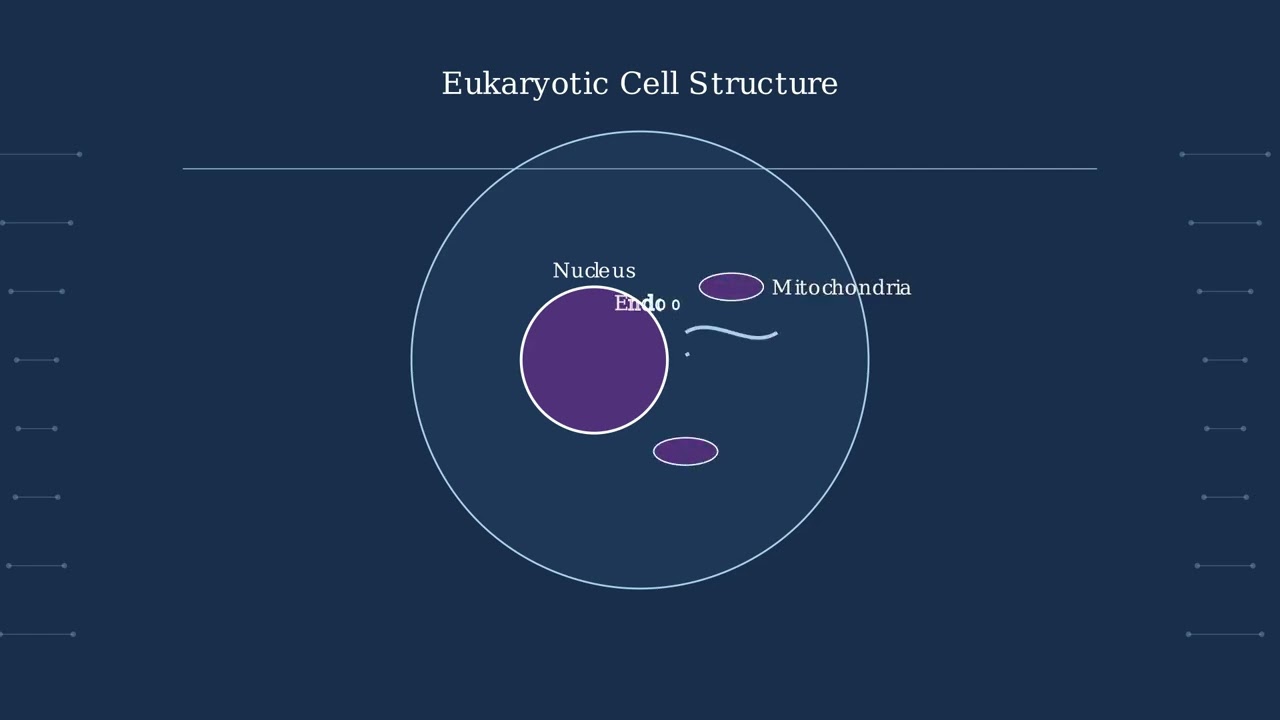
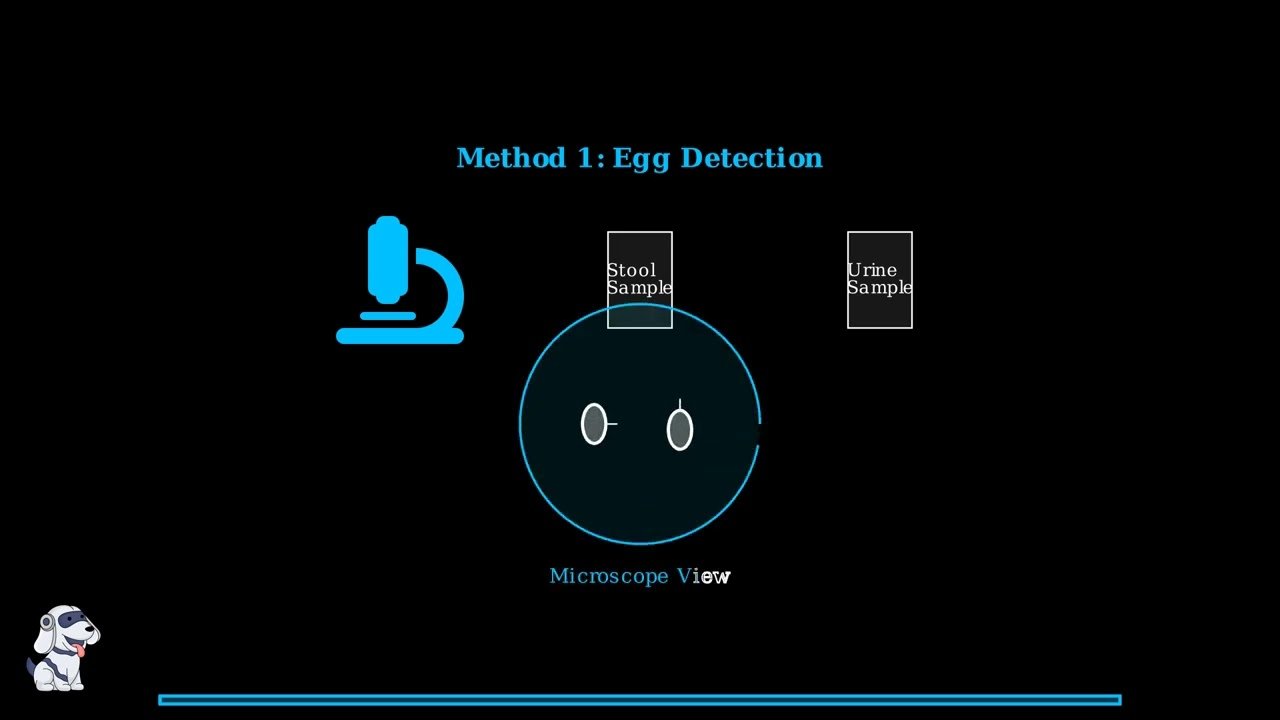
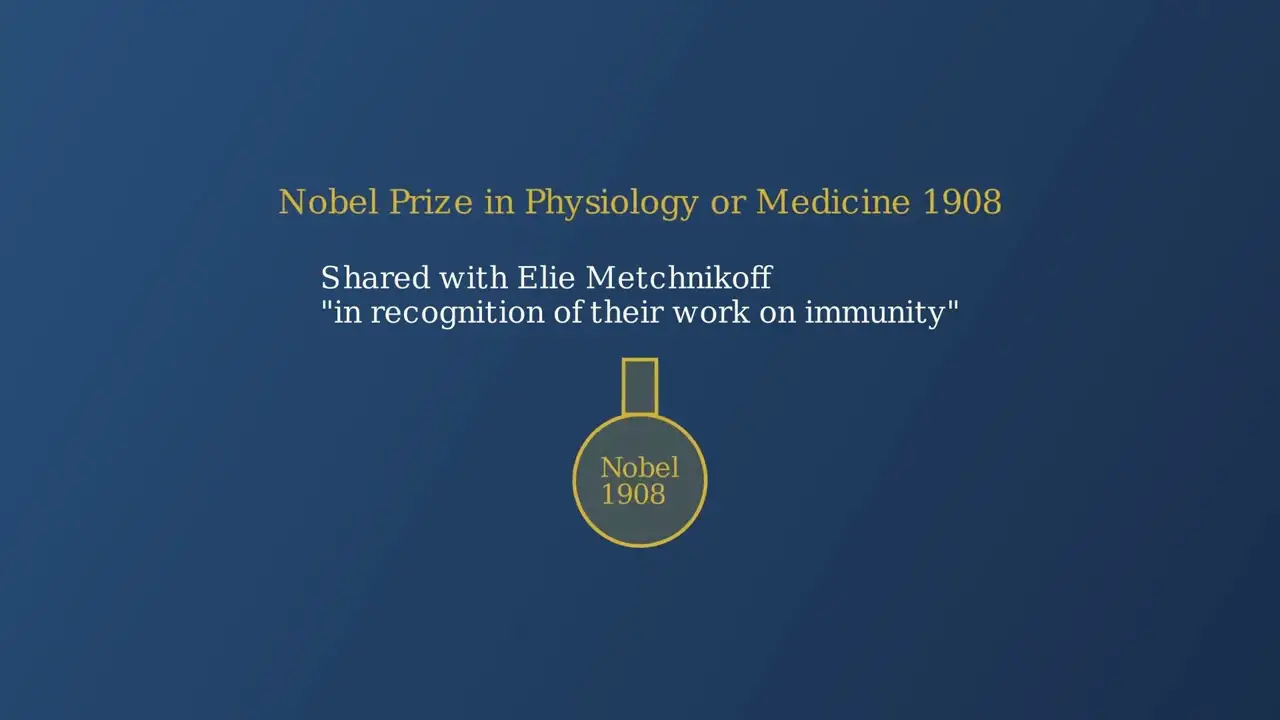
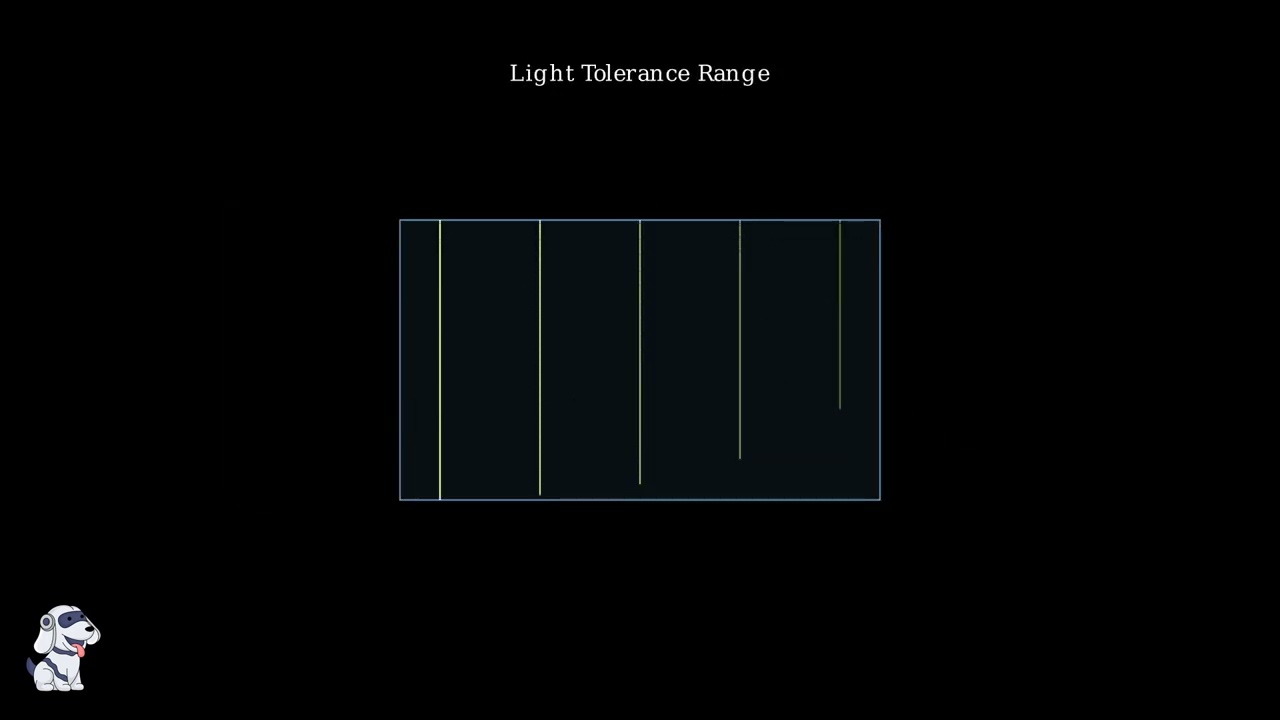
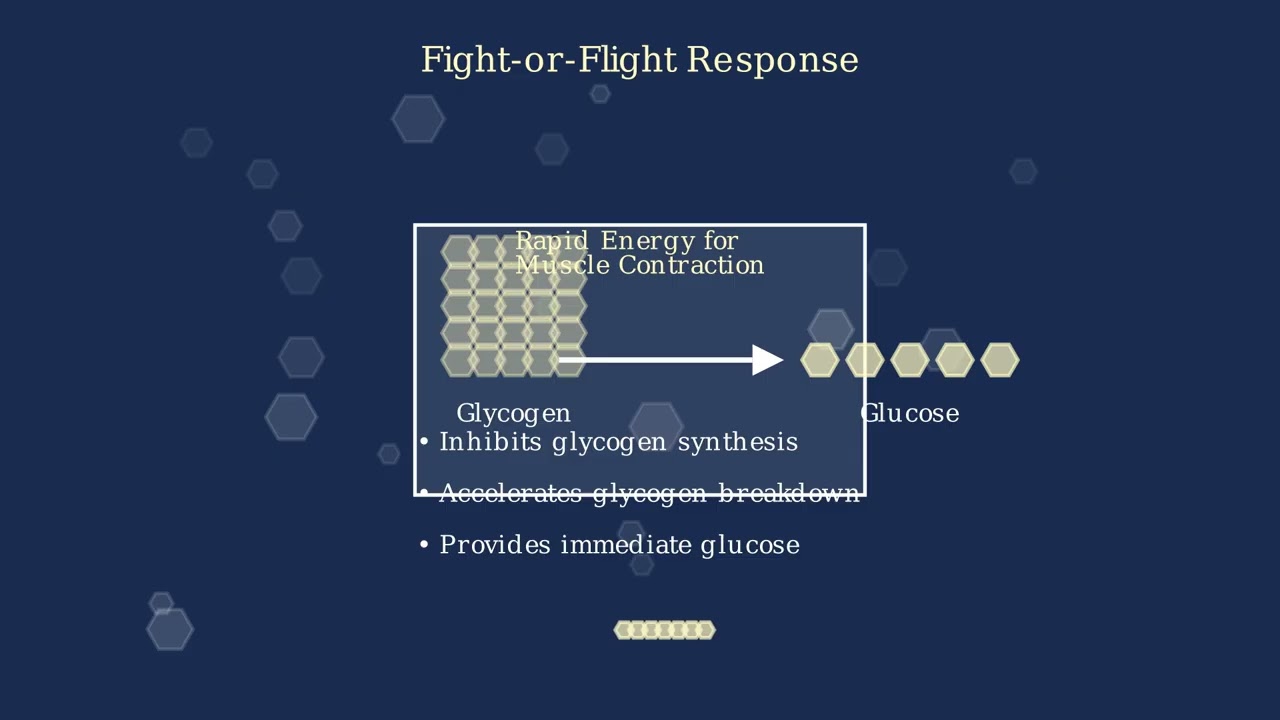
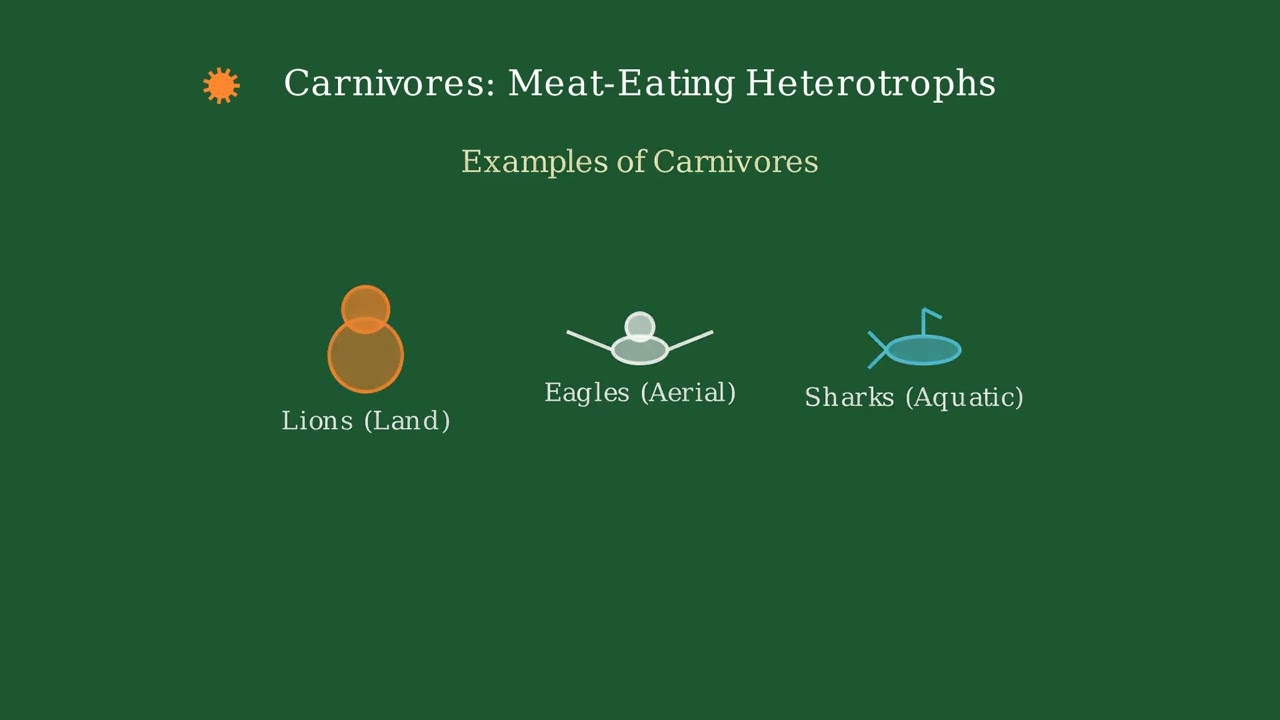
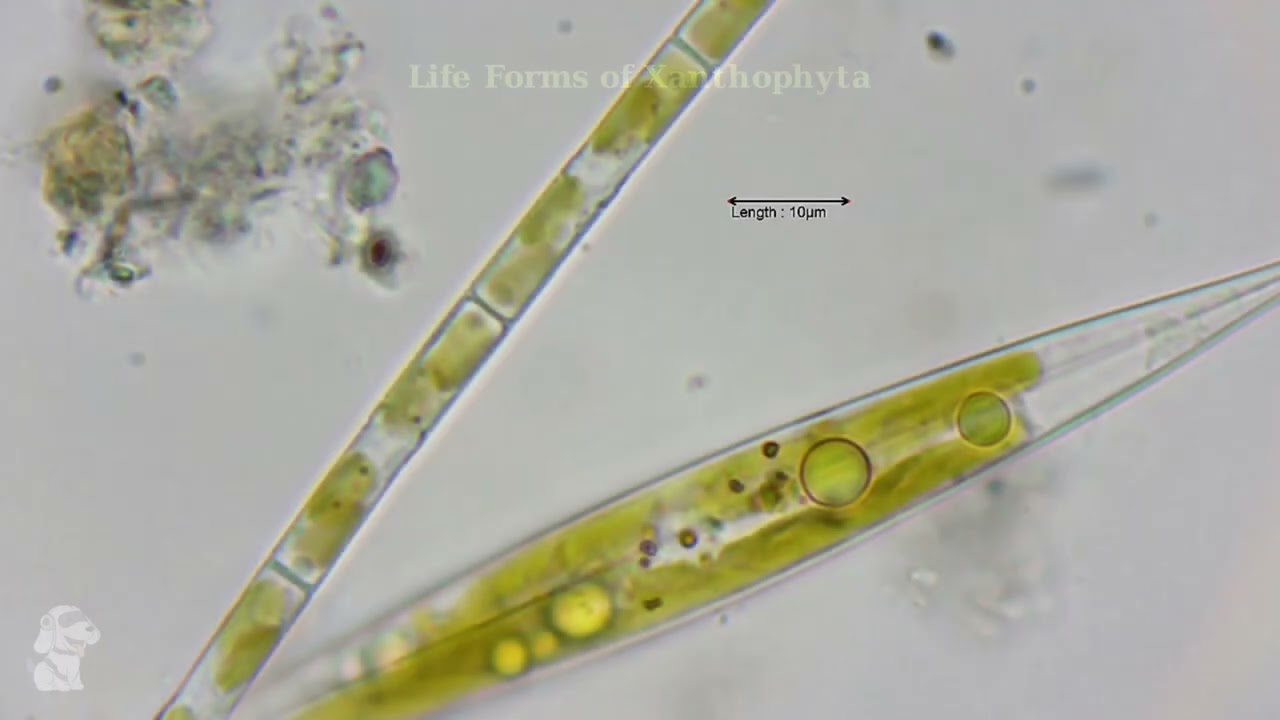
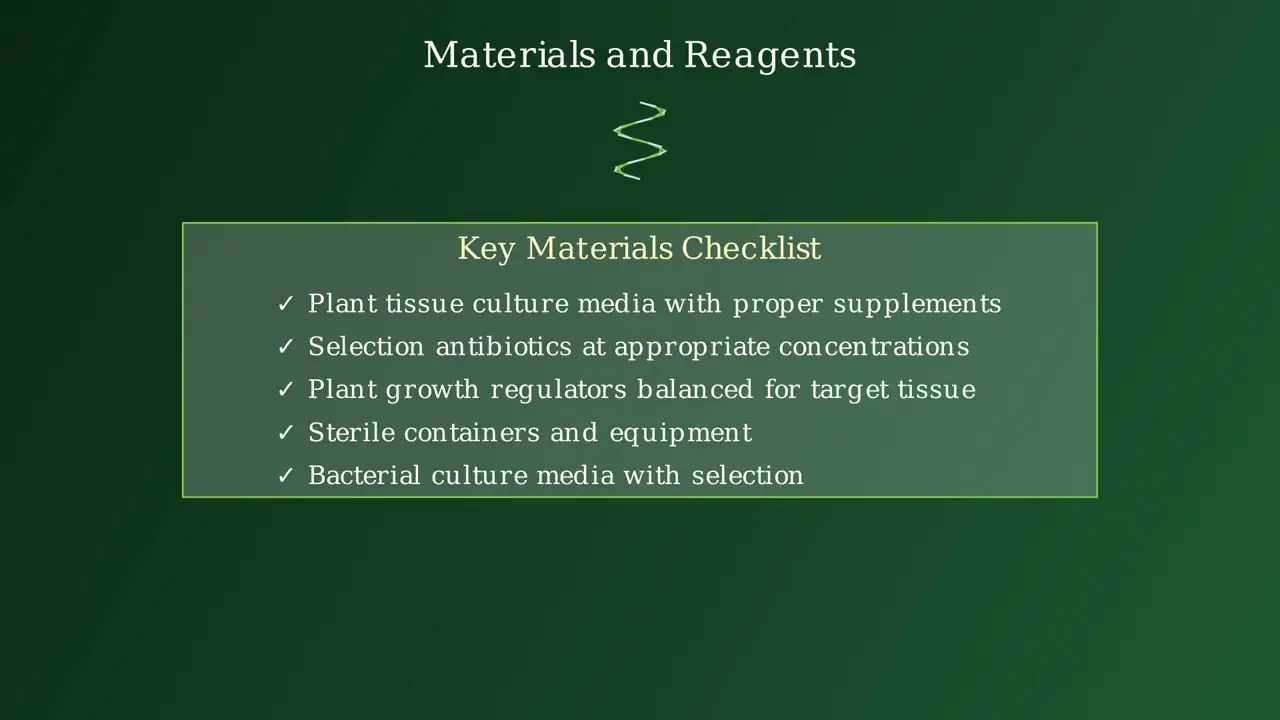
- Text Highlighting: Select any text in the post content to highlight it
- Text Annotation: Select text and add comments with annotations
- Comment Management: Edit or delete your own comments
- Highlight Management: Remove your own highlights
How to use: Simply select any text in the post content above, and you'll see annotation options. Login here or create an account to get started.